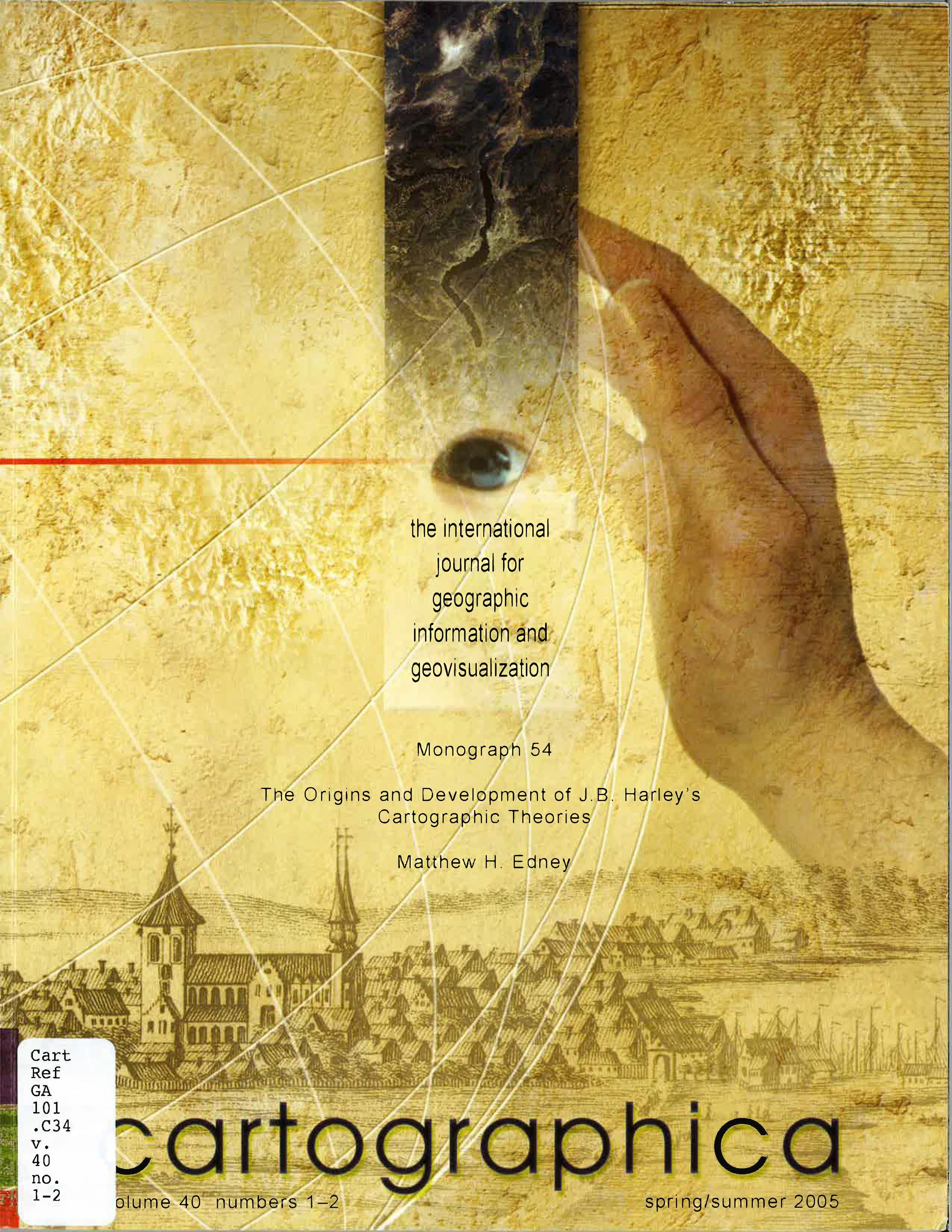The Cartographic Ideal’s Preconception of Pictorialness
/Matthew Edney
A naïve formula common since 1800 is that maps are “pictures of the world.” This and related expressions manifest the cartographic ideal’s preconception of pictorialness. Commentators before 1800 had used the same formula, as when Samuel Johnson in his famous dictionary (1755) defined a map as “a geographical picture on which lands and seas are delineated according to the longitude and latitude.” But after 1800, this usage of “picture” was recast significantly with rapidly changing conceptions of vision.
An early instance of this change appears in a manuscript work, “Four Astronomical Diagrams,” by A. Flint of Keyford Academy, in Frome, Somerset (UK), dated by watermark evidence to the early 1820s. “A. Flint” could be either a boy or a girl. I presume that like most school-produced work, this one was copied from some exemplar, which still needs to be tracked down. But this manuscript makes the point clearer than a monochrome engraving.
The second image is a collection of numbered images, entitled, “The planets as seen through a Telescope.” The several planets surround the Sun, each with their moons:
Fig. 1. A. Flint, “The planets as seen through a Telescope” (ca. 1820), courtesy of Barry Lawrence Ruderman Antique Maps, Inc., http://www.raremaps.com]
Saturn is obvious. the Sun at the center looks like it is suffering from the mumps (sun spots?):
Fig. 2. Saturn and the Sun. Detail of fig. 1
But what struck me is the depiction of Earth:
Fig. 3. Earth, with the Moon (not to scale). Detail of fig. 1]
This is manifestly not an image of Earth “as seen through a Telescope.” This is a map, the western hemisphere from a world map in two hemispheres, on an transverse azimuthal stereographic projection (or maybe on Aaron Arrowsmith’s “globular” projection that was then being adopted for such maps). It is not even on an azimuthal orthographic projection, which has the property of making the hemisphere look like a ball. It is a map, an abstraction, not a record of what the earth would look like through a telescope. (Several early modern commentators, such as Daniel Defoe, had imagined people in the Moon — Lunarians — who looked down on the Earth through their telescopes and examined it in detail, but not as a whole.)
What struck me is the casualness with which A. Flint — or the original source material — conflated the constructed geographical image of Earth with supposedly mimetic telescopic views of the Sun and planets. The image has no causal significance; it did not influence others. It stands instead as a manifestation of changing sentiment, as one more data point for tracing the origins of the cartographic ideal.
Acknowledgments
I must thank Barry Ruderman, of Barry Lawrence Ruderman Antique Maps, Inc., first for sharing this wonderful work and then for giving me permission to use it here.
![Fig. 1. A. Flint, “The planets as seen through a Telescope” (ca. 1820), courtesy of Barry Lawrence Ruderman Antique Maps, Inc., http://www.raremaps.com]](https://images.squarespace-cdn.com/content/v1/5a317986aeb6255dd87994e4/1531099438989-SM8C9SK3WCFUP08DTZQD/025+image+2.jpg)

![Fig. 3. Earth, with the Moon (not to scale). Detail of fig. 1]](https://images.squarespace-cdn.com/content/v1/5a317986aeb6255dd87994e4/1531099521180-JXWBOIUO0BZCA7I8OL2M/025+image+3.jpg)




